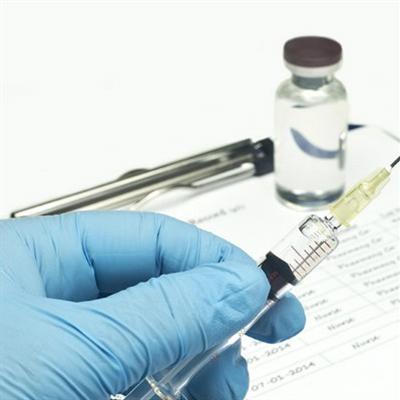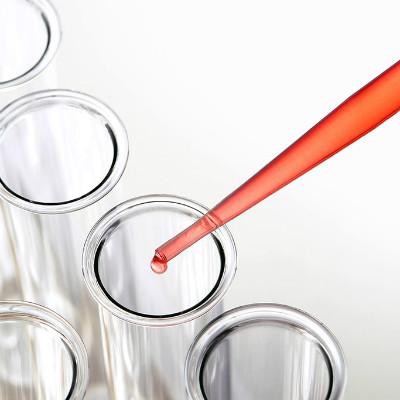A finger suddenly swelling pain?
summary
Fingers are probably the joints we use the most, so they are more likely to be injured. When the finger swelling, people often doubt whether there is a disease in the body. In fact, there are many reasons for swelling, most of which are harmless to human body. But if swelling is accompanied by pain and other abnormalities, a finger suddenly swells and hurts? Let's talk about it
A finger suddenly swelling pain?
Lymphedema. When the lymph (whose function is to carry waste, bacteria and viruses out of the body) can not be fully discharged, this limb swelling disease occurs. Not only do your fingers and toes swell, but your arms and legs also swell. In addition, usually due to cold weather or pressure caused by narrowing of the artery caused by Raynaud's disease can also lead to finger swelling, this disease is more common, women are more prone to disease, before swelling fingers often blue or white. This stenosis limits blood circulation, and when circulation is restored, swelling (accompanied by tingling or pain) occurs.

Hot and humid weather. High temperature can cause vasodilation and accelerate skin heat dissipation. With the expansion of blood vessels, some of the fluid in the blood will leak into the soft tissue, causing swelling. If the swelling can gradually disappear with finger movement, it generally does not need too much attention. But if there is pain or grip weakness, you need to see a doctor.

Osteoarthritis, a degenerative inflammation of the joints, can also cause swelling of the fingers. A simple way to judge the disease is that you can no longer put the original ring on the knuckle. This age-related arthritis is caused by wear of the buffer tissue at the end of the joint. Osteoarthritis is usually accompanied by pain and stiffness. If the swelling is severe, you need to see a doctor in time.

matters needing attention
Eat more histidine containing foods, such as rice, wheat and rye. Histidine is beneficial to the elimination of excess metal. Eat foods rich in carotene, flavonoids, vitamins C and E, and sulfur compounds. You can also eat more sulfur-containing foods such as garlic, onion, sprouted cabbage and cabbage.














